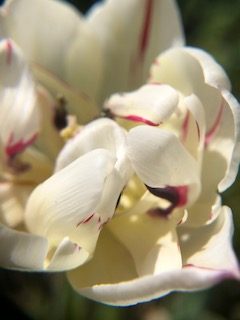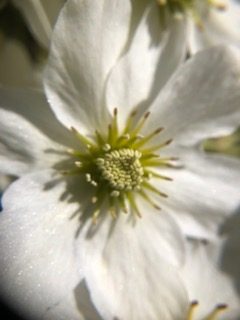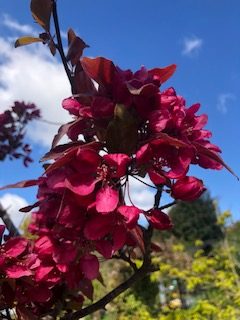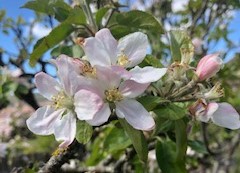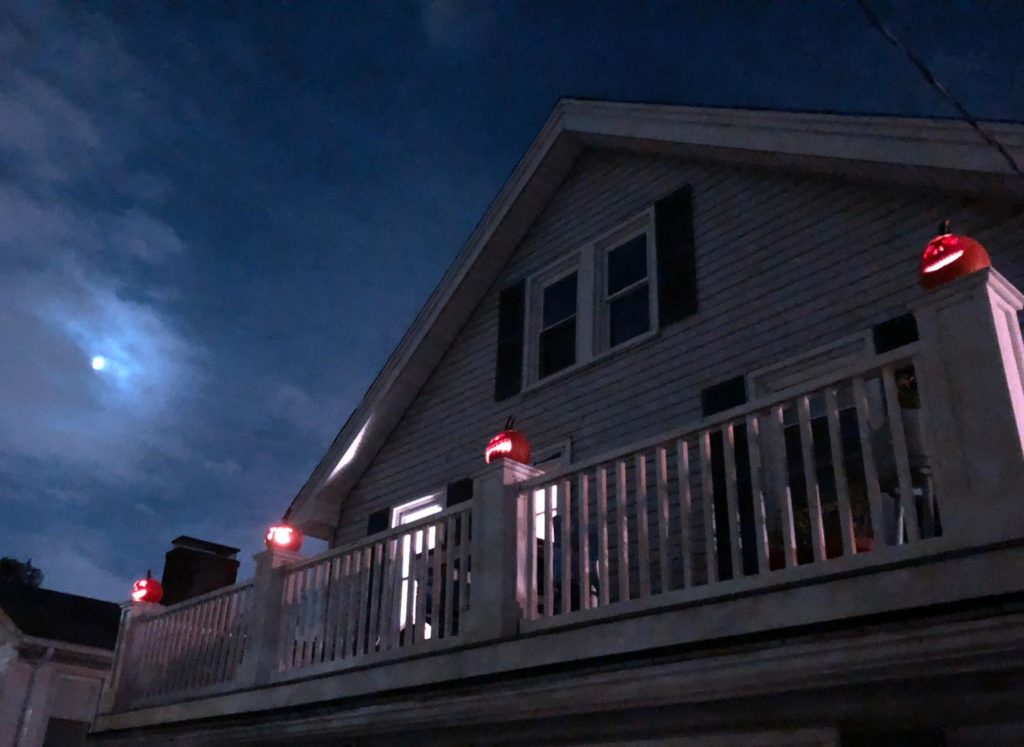In the UK, after the pumpkins have been removed from the porch and the treats given away, we tidy up and thoughts turn to the next celebration – in our family’s case, Thanksgiving.

Image: Karen Costello-McFeat
But in much of the world, Halloween, or All Saints’ Eve, is a prelude to the main event. For this period, which commemorates the dead, can begin on 31st October and continue until 6 November with Remembrance Day observed on the 11th.
Samhain
I was surprised to discover that this predecessor to Halloween begins on the 31st October at sunset and continues until sunset the following day. In the Celtic calendar, it marked the end of harvest and the beginning of the lean months of winter. It also signals the new year. Old and useless items would be burned in great bonfires, in a ritual clearing of the old to make way for the new.
As a liminal time, when the veil between this world and the next was especially thin, the bonfires were also used to ward off evil spirits and the ghosts of one’s enemies. Knowing the general bad behaviour of my Scottish ancestors, I’m sure such a precaution was wise.
Yet, twined with this is the remembrance of those we love: welcoming them back with lights, and food and prayers. I chanced upon this blessing, whilst researching this post and thought it rather lovely.
Tonight is a night to call out those who came before. Tonight I honor my ancestors. Spirits of my fathers and mothers, I call to you, and welcome you to join me for this night.
Celtic blessing, Irishcentral.com
All Saints’ Day
All Saints’ Day is a public holiday in much of Europe and an opportunity to pay a visit to a beloved who has died and to tidy graves and leave flowers. The ‘Saints’ in All Saints’ includes those in the religious calendar and those who have either died in faith or have brought others into the faith. It is wonderfully inclusive!
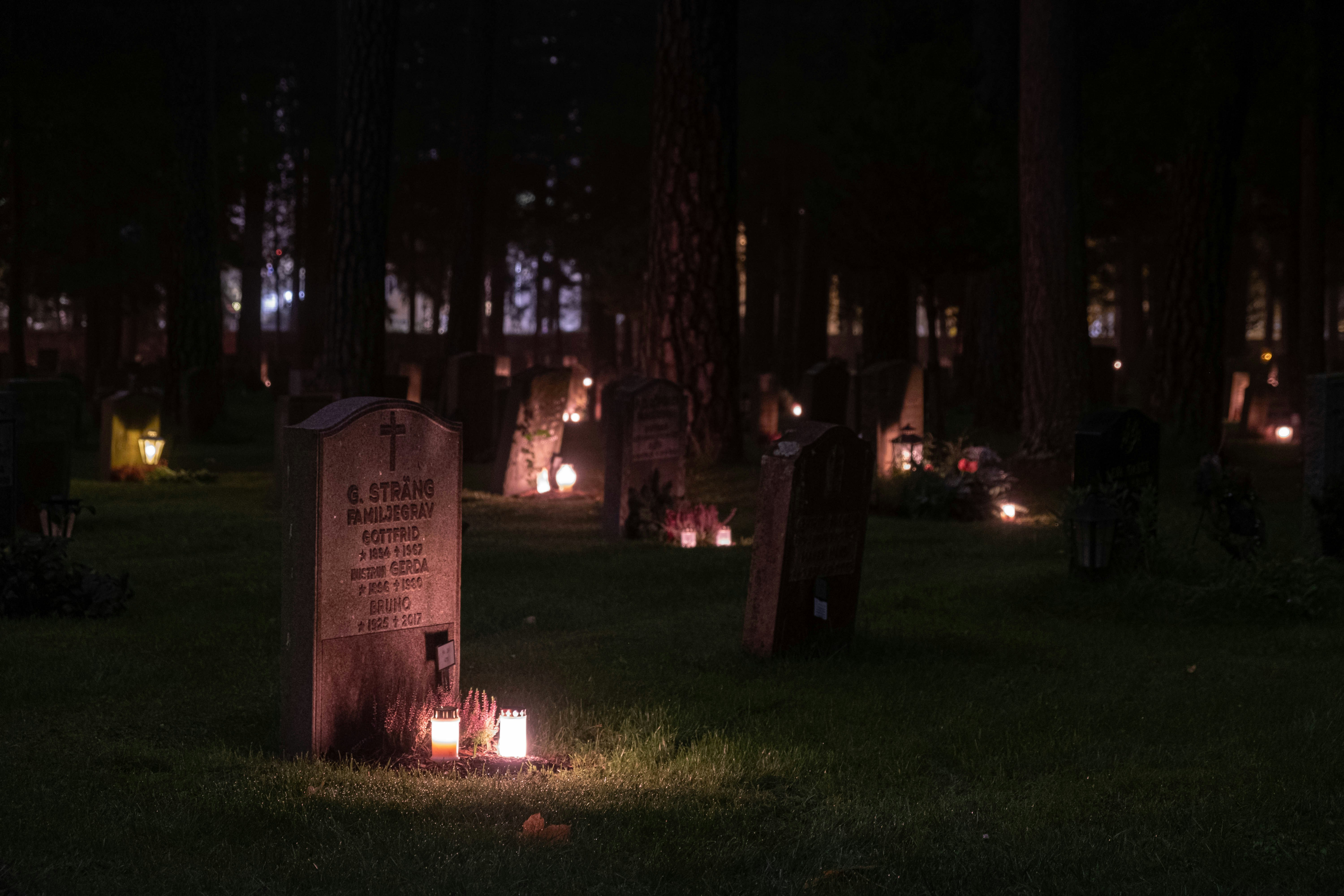
With the very short days of winter in Sweden, they have come up with the ingenious solution of lighting candles and leaving hardy flowers like heather at the grave site.
Dies des Muertos
In Mexico, elegant Scandi-chic is eschewed in favour of more vibrant and light-hearted celebrations. Each home creates a small shrine with flowers and food for the departed who is represented in a photograph.

Not everyone will have such a lush display. My lovely daughter-in-law, who spent some time in Mexico, often makes a simple one with photos and candles to remember those they love and who have died.
Rather than a day of mourning, these days are seen as ones of celebration, with feasting, special foods, dancing and parades. Death is mocked rather than feared with crazy costumes and an abundance of colourfully painted skulls. The departed is remembered with joy. Amusing stories and events in which they were involved are recalled and retold. And I hope that after I have gone, people will remember be in the same way – in stories filled with laughter rather than in hushed, serious tones.
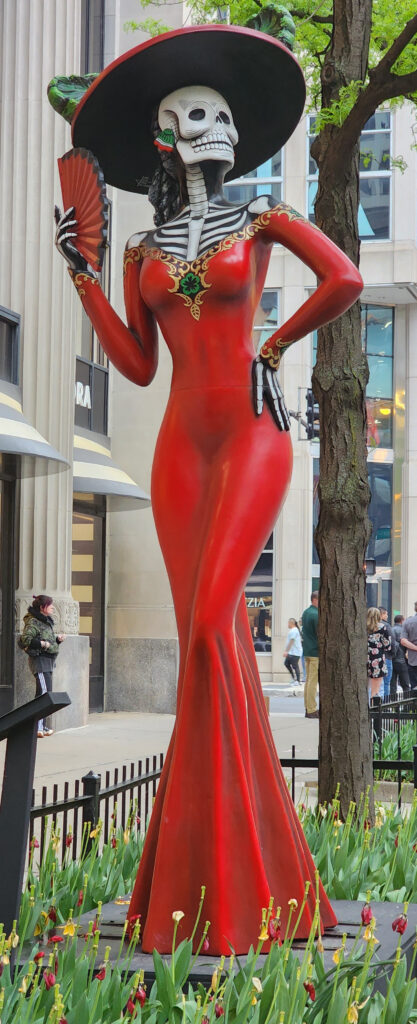
Because really, death is as much a part of life as birth is. We need not always refer to it in euphemism or avoid mentioning the deceased or shy away from honest discussions about how we would like our deaths to be managed.
In a world where anything goes, death alone remains taboo and as a consequence, the bereaved or the dying are left on the margins of society. Perhaps it is time to take advice from the vivacious Mexicans and to celebrate those we love even when they are taken from us and to greet life with exuberance, while we are privileged to enjoy it.


